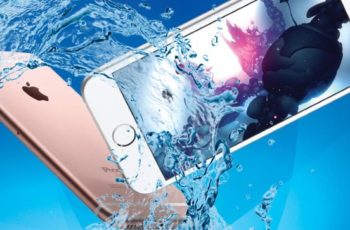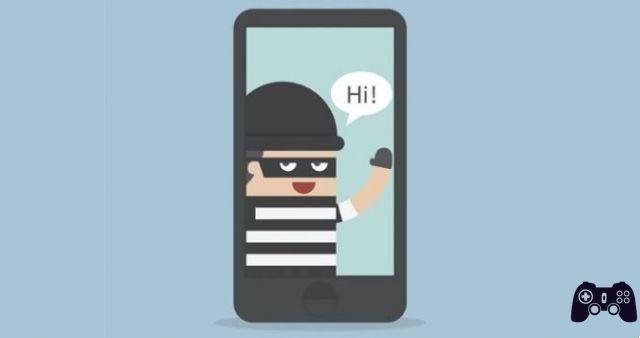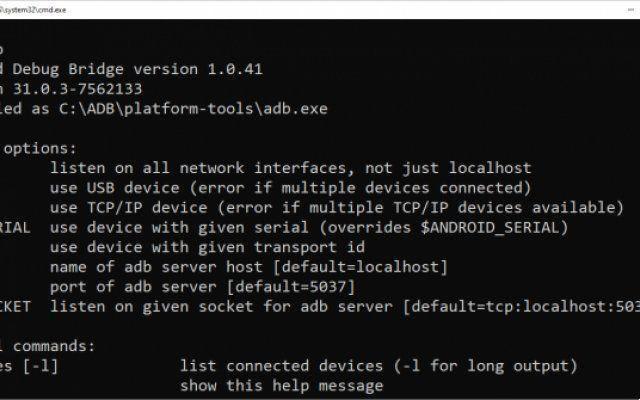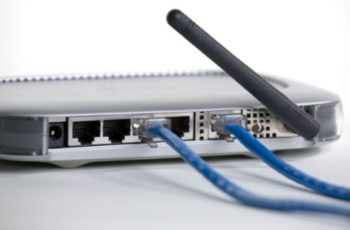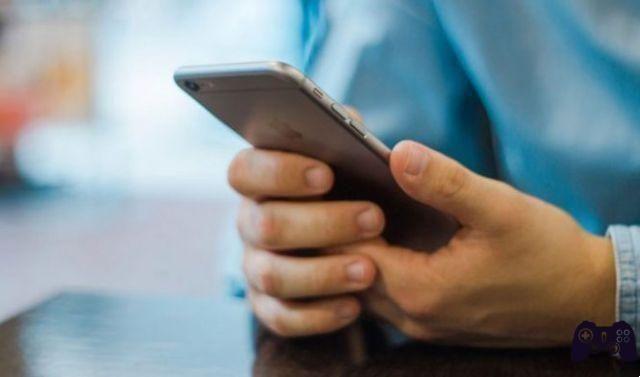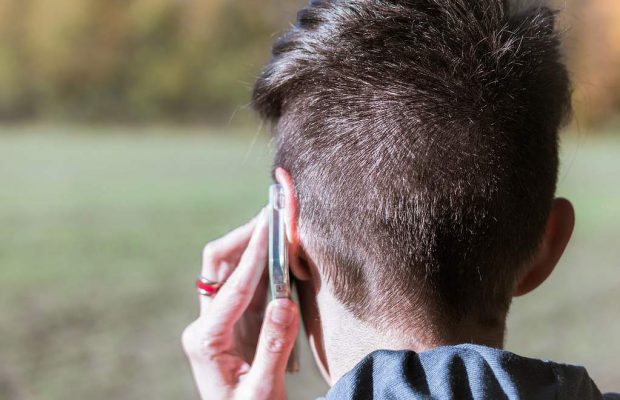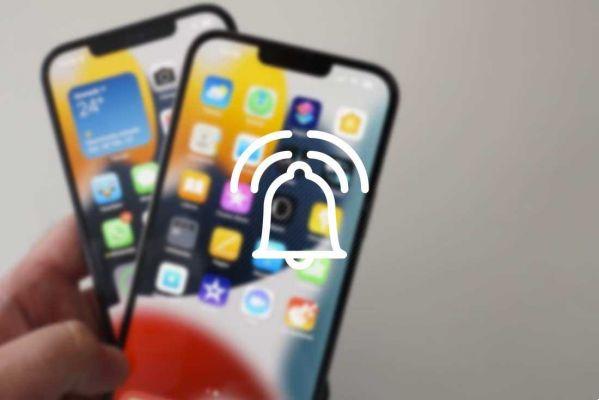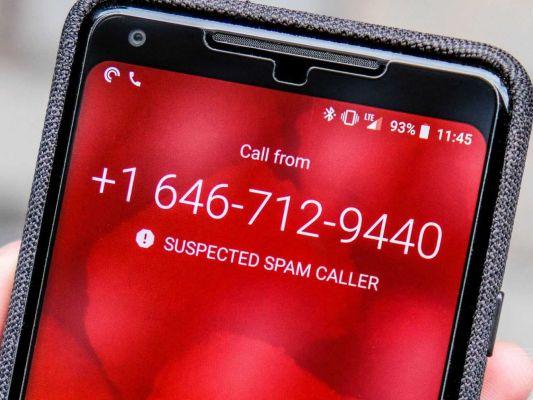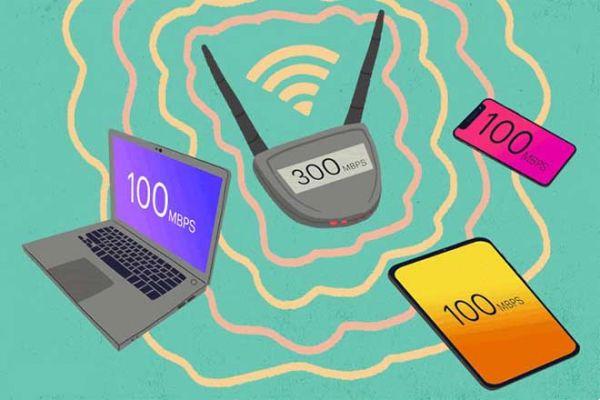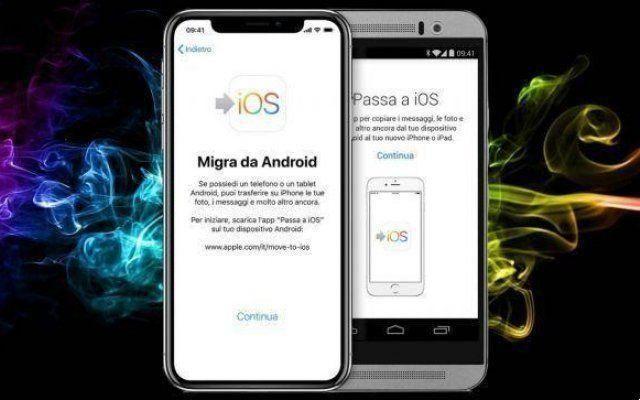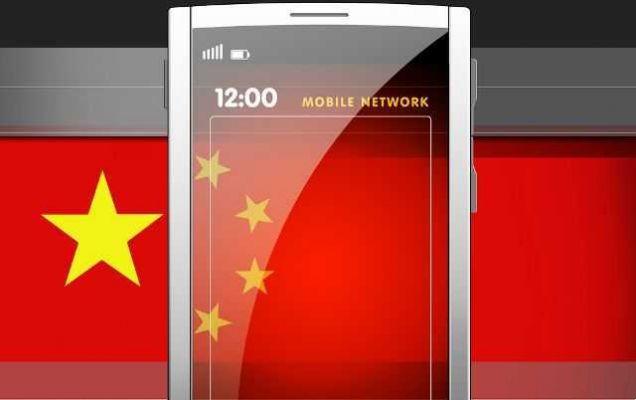
Connecting a pair of AirPods to an iPhone or Mac is often very easy. Apple deserves a lot of credit for making the process so smooth. As with anything, however, there are instances where you'll run into problems getting your AirPods working properly.
A while back, we talked about how to deal with connectivity issues related to AirPods with iPhone. This time, let's turn our attention to the Mac. If your AirPods can't connect to your Mac, several troubleshooting tips can help you fix it all.
1. Check compatibility
If you're struggling to set up your AirPods with a Mac for the first time, it's worth checking for compatibility issues. Depending on the AirPods model, a Mac must have the following macOS versions installed to establish a connection.
AirPods Pro – macOS 10.15.1 or later
AirPods (2nd generation) – macOS 10.14.4 or later
AirPods (1nd generation) - macOS Sierra 10.12 or later
If you are unsure which version of macOS your Mac is running, open the Apple menu and select About This Mac. You should see the relevant information listed under the default Overview tab in the window that appears.
If your Mac does not exceed the required compatibility threshold, go to Apple menu> System Preferences> Software Update to update macOS. If you are using macOS High Sierra or earlier, open the App Store and click the Updates tab.
2. Enable Bluetooth
We often overlook the most mundane things. In this case, check if your Mac has Bluetooth enabled. To do this, start by clicking on the Bluetooth icon on the menu bar.
NOTE: on macOS Big Sur, you may want to open Control Center to check the Bluetooth status.
If Bluetooth appears disabled, click Turn on Bluetooth. Alternatively, turn on the switch next to Bluetooth. Your AirPods should then automatically connect. You can also connect manually by pointing to your AirPods and selecting the Connect option.
3. Charge the AirPods
If you've kept your AirPods out of the charging case for a few hours, they may run out of charge. Try putting them in the case for at least 15 minutes. You also need to charge the charging case itself if the status indicator on it doesn't light up.
4. Restart the MAC
Restarting your Mac can also help troubleshoot connectivity issues related to the AirPods. Before doing this, however, put both AirPods inside the charging case.
Once your Mac has restarted, take out the AirPods again. If they don't connect automatically, open the Bluetooth menu and try to connect manually.
5. Forget and reconnect
Removing the AirPods from the list of connected Bluetooth devices on the Mac and trying to reconnect them again can also help.
- Insert the AirPods into the charging case.
- Open the Bluetooth menu and select Open Bluetooth preferences.
- Click the "X" icon on the right side of AirPods and click Forget Device.
- Open the charging case. Once your AirPods appear in the Bluetooth Preferences pane, click Connect.
Was it helpful to you? If not, read on.
6. Reset AirPods
If the above solutions didn't work, try resetting the AirPods. The process is quite similar to removing and reconnecting a pair of AirPods, except for a few additions.
- Start by placing the AirPods in the charging case. Wait 30 seconds and open the lid.
- Select Open Bluetooth Preferences in the Bluetooth menu to display the Bluetooth Preferences panel.
- Click the "X" icon next to the AirPods and click Forget Device to remove them from your Mac.
- With the lid open, press and hold the setup button on the back of the charging case for approximately 15 seconds. Release it when the lit status light starts flashing amber.
- Close the lid and reopen it. Click Connect once the AirPods appear in the Bluetooth Preferences.
Your Mac probably shouldn't have any problems connecting to your AirPods afterwards.
7. Disable automatic switching
Do you have an iPhone? If so, your AirPods will disconnect from your Mac and automatically switch to your iPhone if you start playing music on it.
To prevent this from happening, open the Settings app on your iPhone and select Bluetooth. Connect to your AirPods (if they aren't already) and tap the i-shaped icon next to it. Then, select the Connect to this iPhone option. On the following screen, select Last connected to this iPhone.
This is also true for any iPad that launches iPadOS 14. If you have one lying around, you may want to repeat what you just did to prevent the AirPods from automatically switching to your iPad.
You have finally solved it
Hopefully, you've ended up connecting your AirPods to your Mac. If the above fixes didn't work (and if you can't connect them to your iPhone as well), you may be dealing with a faulty set of AirPods. If so, it's best to book an appointment at the local Genius Bar.
Further Reading:
- How to connect AirPods to iPhone and iPad
- How to connect AirPods to Apple Watch
- AirPods flashing orange? Here's how to fix it
- How to connect AirPods to PS4
- AirPods don't connect, 8 solutions






